Is it a science or just common sense?
Yes, the question is what to use when choosing the wine for dinner. Precise theories or simplistic common sense? In most cases I simply use common sense. You do not need to make it complicated choosing the right wine to the food.
Many might say that this is highly unreliable. Considering the amount of writing and discussion about how acids, sweetness and other things in wine need to be balanced with the food’s acidity and sweetness and bitterness etc it sometimes feels as if you need to have a degree in food science in order to be able to plan a dinner with wine and food combinations.
Just think of the body!
Is it so complicated to choose a bottle of wine with dinner? In nine cases out of ten I choose a wine to go with dinner on the criterion of its “body”. A full-bodied, powerful wine with a certain astringency (tannins) to go with the heavier meat dish. A lighter red wine with chicken or a white wine with a certain body. A light and fruity style to go with the Tuesday evening pasta. Etcetera.
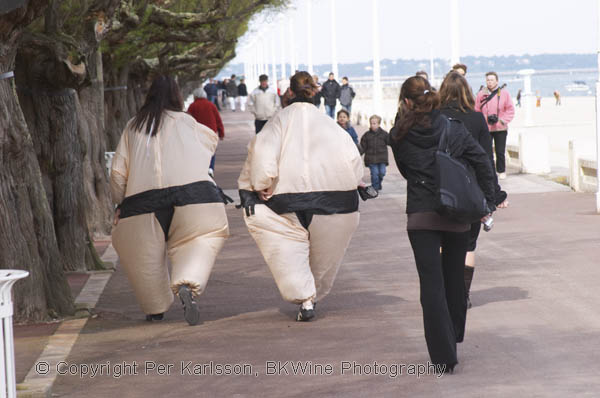
I would argue that when it comes to finding wines to the traditional cuisine of wine producing countries – French, Italian, Spanish, Greek cooking – then you will do very well just thinking of the body. And your own wine and style preferences of course.
Complex Food
If you “complicate” the dishes then it becomes more tricky to choose a good wine.
By adding sweet berries and fruits, curry, sambal oelek, lemon-grass or honey to the food (which sometimes is popular today, in some countries) then there is hardly any wine that is perfect.
Combining wine with Asian food can be a challenge. Asian food is not traditionally combined with wine so there are no natural, self-evident combinations.
A few years ago, the standing recommendation was that you should drink a gewürztraminer from Alsace to Asian cuisine. I have nothing against gewurztraminer but it was a bit simplistic. And maybe a little bit too limited to have just one wine recommendation for the whole complex range of Asian cuisine(s). It is certainly possible to be a bit more nuanced in the recommendations.
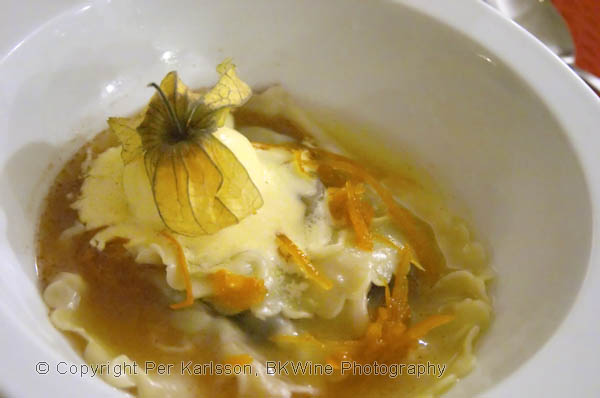
Off the cuff, I can think of wines made from the viognier grape, light red Loire wines, a fruity Chianti, a spicy Côtes-du-Rhône, to mention a few. Wines that are relatively unpretentious and with lots of fruit can often handle the complicated or complex flavours in this type of cuisine.
Exclusive wines: simple food
But when you put your wine cellar treasures on the table, a Barolo, a fine Bordeaux, a mature Burgundy, well, then it takes a more “traditional” and straightforward cuisine.
As recently when I enjoyed a number of delicious Barolo wines on our wine tour in the Piedmont region in northern Italy paired with the delicious Piedmont food that is the opposite of being complicated. No unnecessary decorations on your plate, just well prepared and tasty food. The simple, pure food-stuff (raw material) is put forward instead of it being combined with several accessories. With such food, a great wine shows its forte.
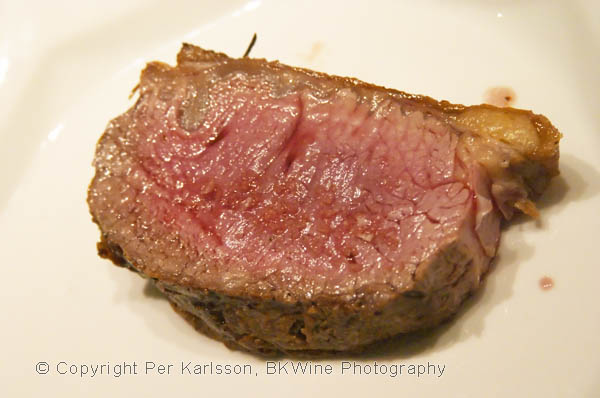
Good food + good wine = good combination
Although it may be difficult in theory (!) with some food and wine matches in practice it almost always turns out well. As long as you think the food is delicious and the wine is good. Rarely one exclaims over dinner “this is not a good combination.”
A meal with wine is in fact often a social event. You rarely sit and analyse the wine after each bite.
The pitfalls of the cheese
But beware the cheese! There is almost nothing that can ruin a wine as effectively as a strong cheese.
It is best not to save the most exclusive wine for cheese. Cheese often has a dominant flavour that easily takes over from a mature, delicate wine brought up from your cellar treasure trove. If you choose a new wine to the cheese do choose one with a little more fruit and body. And perhaps a bit younger. And do try a dry white with some body. At least sometimes. Whites work very well with most cheeses! Forget the adage that you have to have “red to the cheese.”
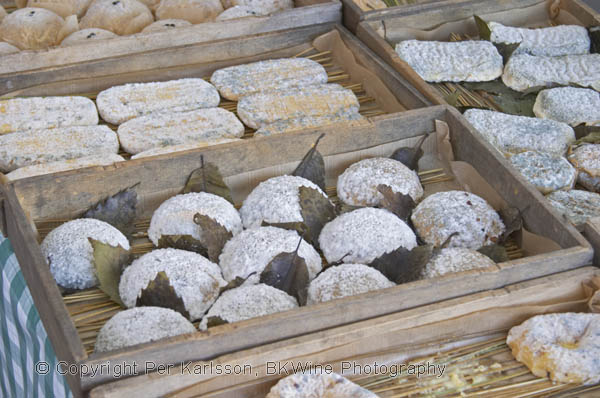
Extra care should be taken with a blue cheese and with a small round cheese called Saint Marcellin (and its cousin the Saint Felicien), which comes from the Dauphiné in France, in the northern part of the Rhone Valley.
Saint Marcellin looks totally inoffensive but try virtually any wine with it and it becomes bitter and out of style (the wine that is, the cheese not). The cheese is excellent in itself, but not the wine you drink with it. For me, this cheese is the exception that proves the rule. The rule that any good food and good wine are good together.
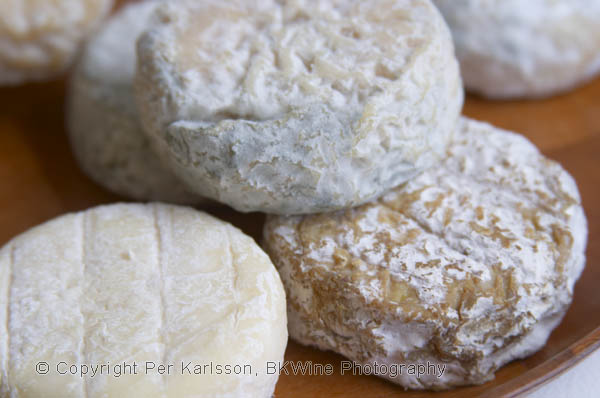
And what to do with the blue cheese then? Between the main course and dessert, serve some good blue cheese – and do not fall for the temptation to add one more cheese – with a glass of Sauternes or some other sweet wine. Elegant in all its simplicity.
[box type=”tick” style=”rounded” border=”full”]
Wine and food matching: five simple tips for good wine and food combinations:
- Think primarily of the “body” of the wine: powerful food needs a full-bodied wine. Lighter dishes, lighter-bodied wines. This works both with reds and whites.
- Choose simpler wines for ‘complex’ food, cuisines that blends many flavours together.
- If you serve an exclusive wine (“fine wine”) then make sure that the food is “simple”, uncomplicated. Great ingredients, yes, but clean, simple flavours.
- Do not keep the most exclusive (or oldest) wine to the cheese. It is better to start with that. To the chees you could instead choose a red (or white) with a certain body and fruit.
- You should not be afraid of serving a white wine after a red, for example to the cheese.
[/box]
There! This thing with combining wine and food is not complicated at all! Give it a bit of laissez faire. Or what do you think? Write a comment!
[box type=”info” style=”rounded” border=”full”]This is a fascinating subject. One way to dive deep into the mysteries (?) and joys of wine and food pairing is to go visit a wine region on a wine and food tour with BKWine. You will have plenty of opportunities to try it yourself at meals like the one on the image below that we had as private guests at a chateau in Bordeaux.[/box]
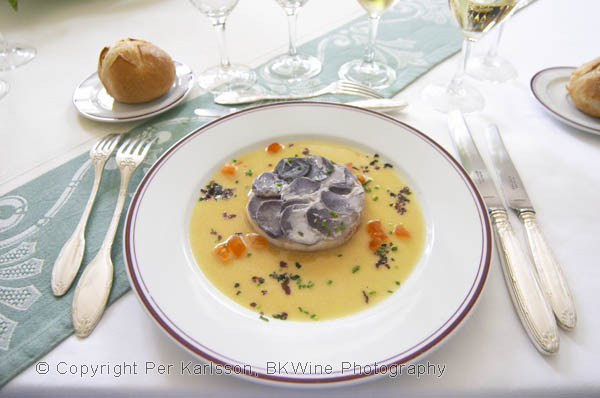



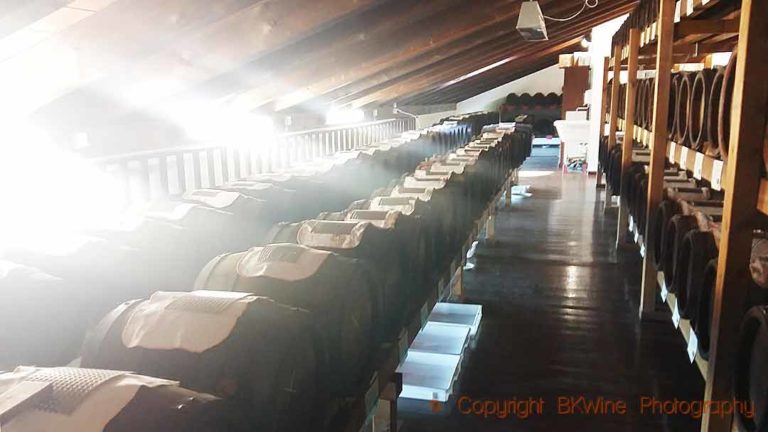
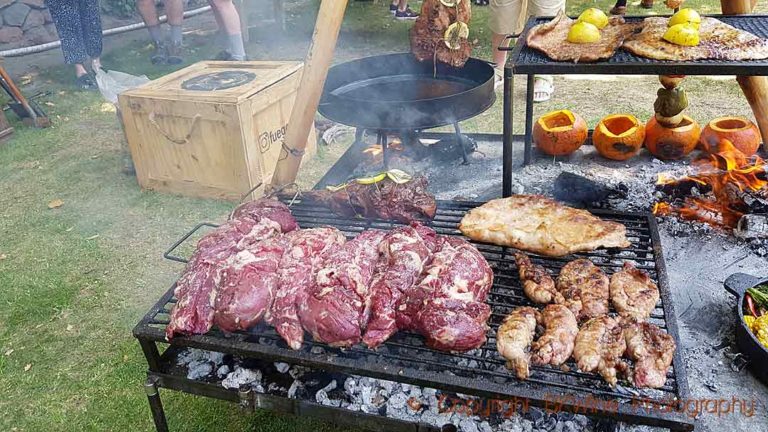
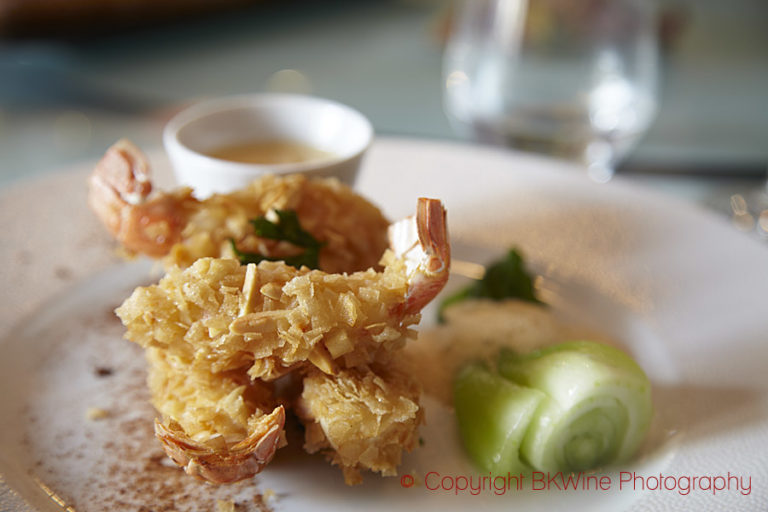





3 Responses
When it comes to Asian food, I find that riesling almost always work (with a little residual sugar for the spicier stuff). With many Chinese and Vietnamese dishes that are less spicy, I think grüner veltliner is often a good choice.
Interesting comment that points to a good use of wines with a bit residual sugar. Agree that it can sometimes work well.